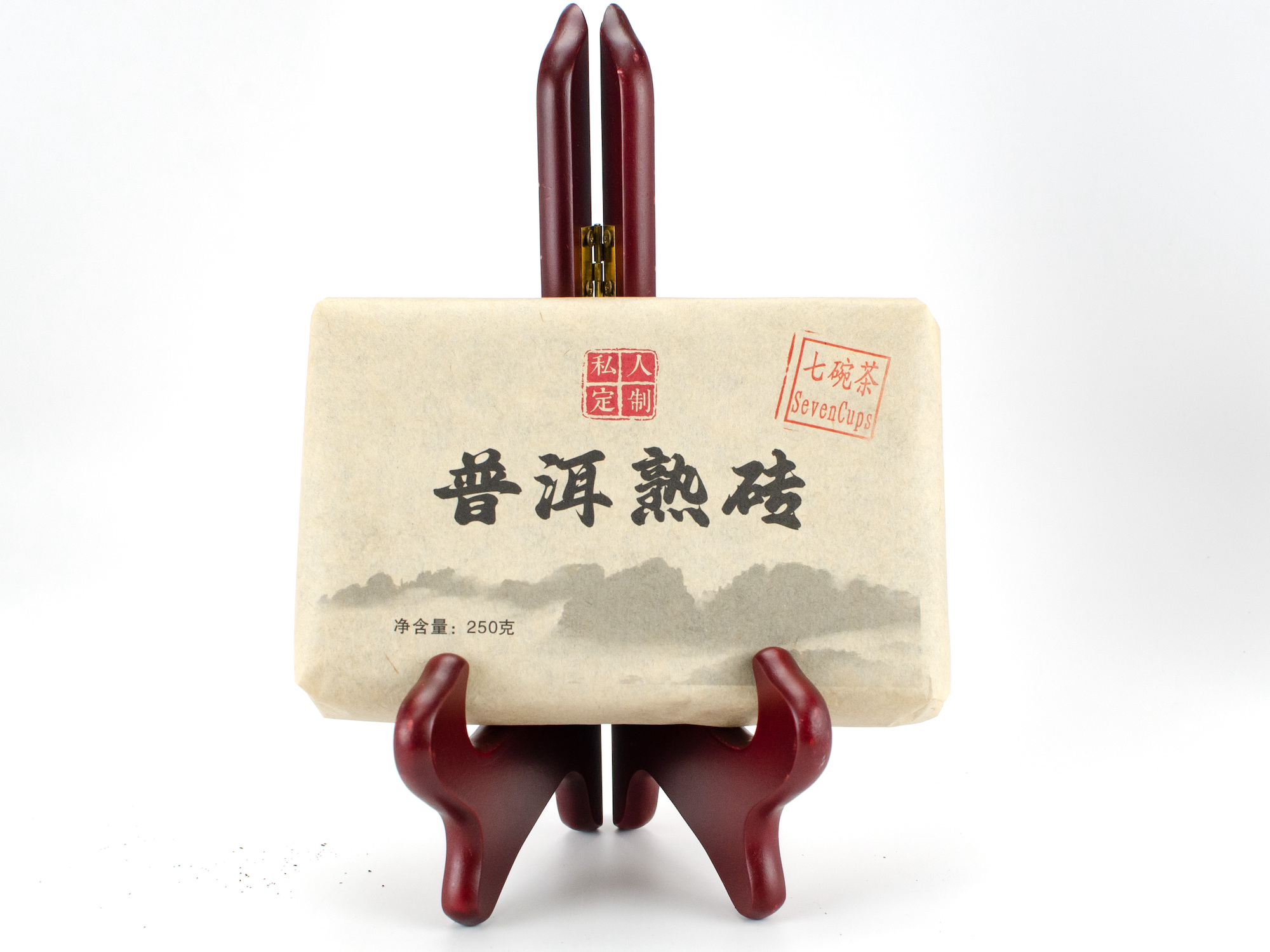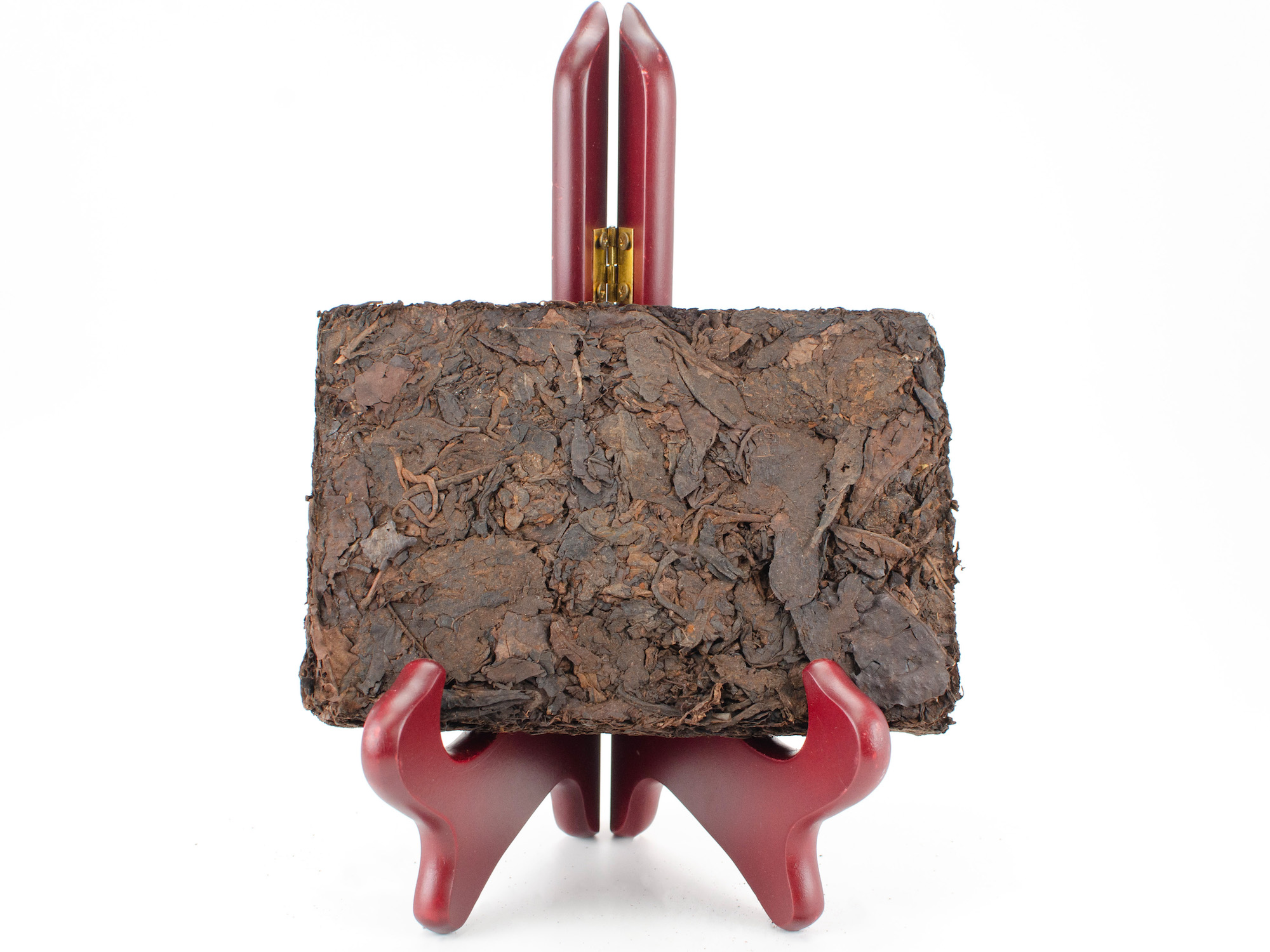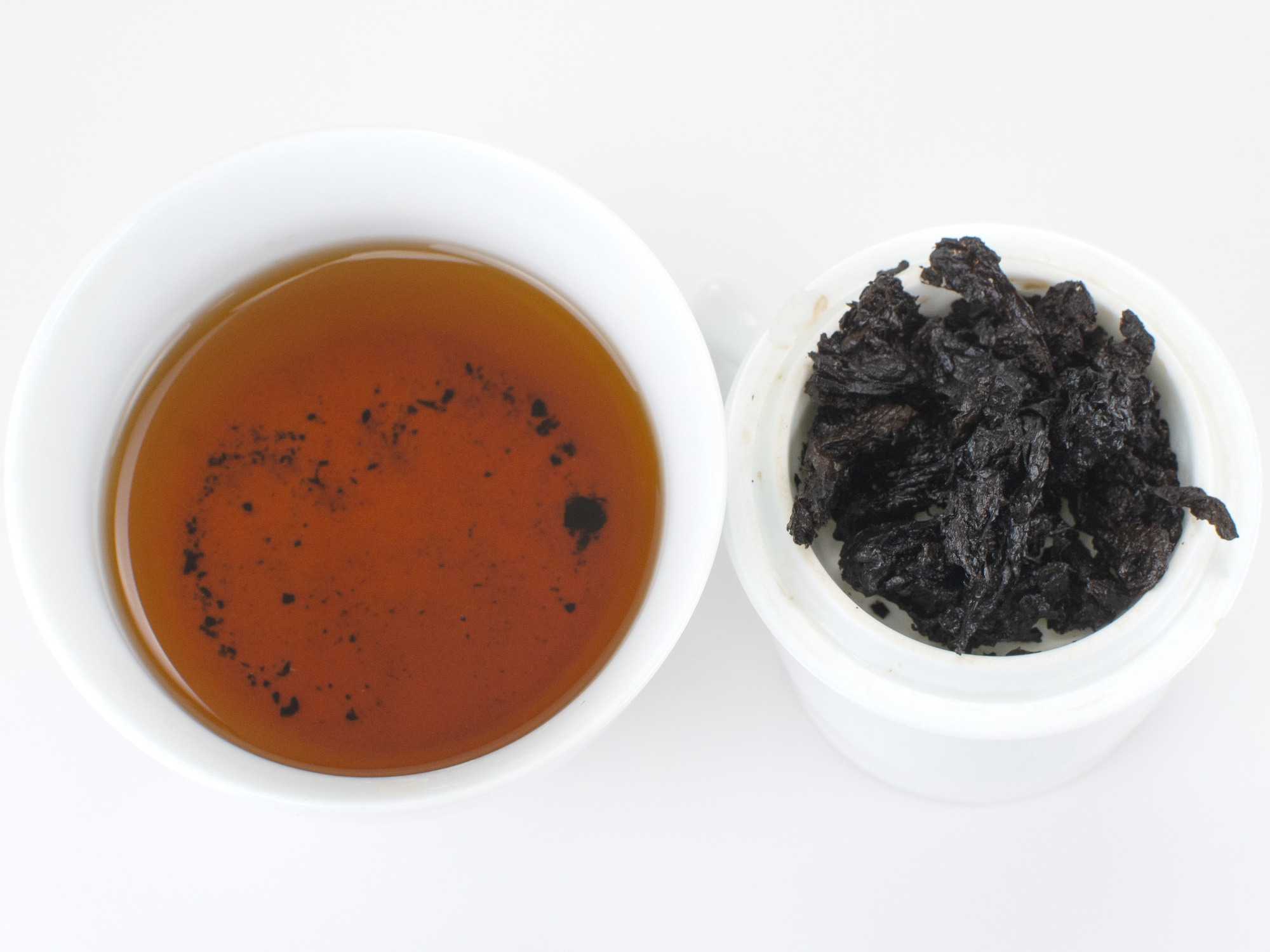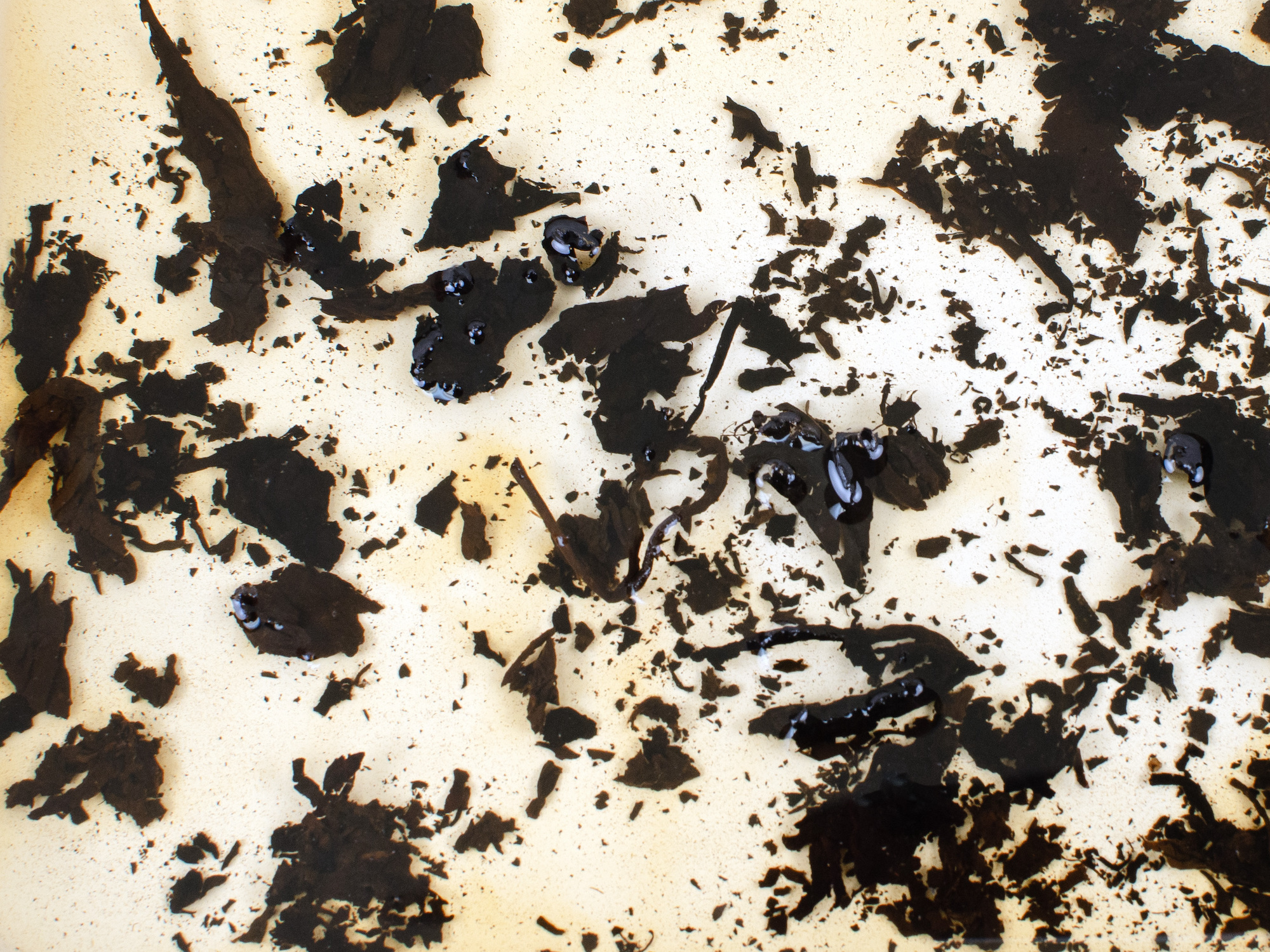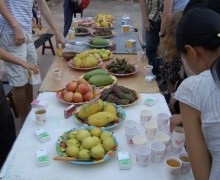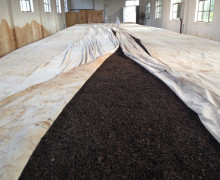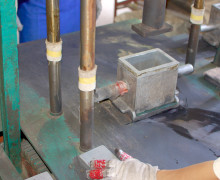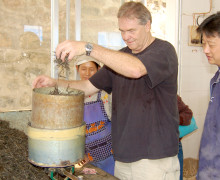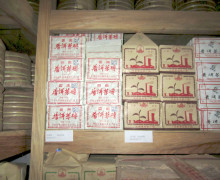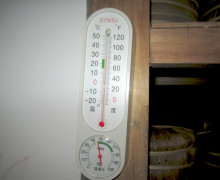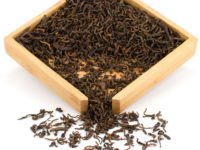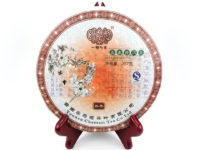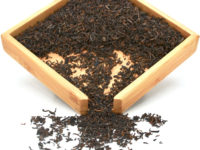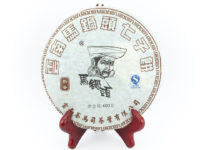Tai Lian Fangzhuan (Tai Lian Brick)
Shu Puer Brick 250g 2004
Mature tea leaves infuse to a deep red brew with a very clean and sweet jujube date flavors, as soft as the finest Pima cotton. Naturally aged over two decades. An old favorite we’d thought was lost to time.
Note: Tea brick weights are approximate and subject to variation.
$119.00
7 in stock
- Tea Origin
- Lin Cang area and Xishuangbanna City, Yunnan Province, China
- Tea Bush
- Yunnan Large Leaf Tea Tree (Yunnan Dayezhong)
- Tea Maker
- Hu Haoming and Wang Xiqun
- Harvest Time
- June
- Plucking Standard
- Four leaves
These Tai Lian shu puer bricks were purposefully stored long-term to mellow their flavor after their processing in 2004. In fact, they were stored for so long that a single case of this long-time favorite tea was forgotten in the back of the Jinggu puer factory warehouse. Now rediscovered, these puer bricks have developed a sweet and smooth brew that has shed all of the earthy and oceanic flavors typical of shu puer of that era. The color of its liquor has clarified with age as well, leaving a clear, bright red infusion. They have continued to age and oxidize in storage, yielding a tea that is already quite different from young shu puer due to a combination of quality leaf, skillful processing, and patience.
Older puers are considered more medicinally potent and beneficial in Chinese herbalism, but the value of their flavor alone shouldn’t be overlooked.
The sweet fragrance of this tea is especially strong when it is leaves are slowly “cooked” in water at a simmer, producing notes of wild flower and sweet preserved fruit. While it brews excellently with conventional brewing methods, you’ll be surprised by how much sweetness comes out of the leaf with a good boil.
A Relic of Shu Puer History
Prior to 2005, one of Yunnan’s great tea producers, the Cha Ma Si tea company, was known by the name “Tai Lian.” This company worked with the historied Jinggu tea factory to compress these cakes during the factory’s transition from being a government-run enterprise to a private one. The Jinggu factory had already produced large quantities of shu puer for about thirty years at that point. In those years, the roads in Yunnan weren’t nearly as good, it was much harder to transport tea from mountainous tea-growing regions, and puer tea was only just beginning its ascent into wild popularity. At that time, puer mao cha was still sold for just a dollar per half-kilogram.
The Tai Lian brick was one of the earliest shu puer teas to put high-quality leaf through the ripening process, in this case using leaves from mature tea plants in Xishuangbanna and Lincang that were on average upwards of sixty years old. At that time, making shu puer was often a quick and messy affair of speed-ripening cheap tea leaves in as little a month, resulting in low-quality tea with excessive earthy and “fishy” flavors. However, the makers of the Tai Lian brick employed excellent standards of processing for the time for their precious leaves. Their slow-processing piled leaves for at least 60 days with careful attention paid to their moisture content and temperature made for a better batch from the start. Throughout the process, a little bit of moisture was added as the leaves were turned and mixed. This “wet” process was common at the time.
After this period of microbial ripening, shu puer gets sifted and sorted into standard grades of leaf size 1-10, all the way from tiny buds to large leaves. The Tai Lian brick was compressed from large leaves of grade 8 and larger.
Shu puer tea like this tea has long been highly favored by the ethnic minorities of Tibet and Mongolia, who trade for large 1-kilogram bricks that can be stored long-term.

